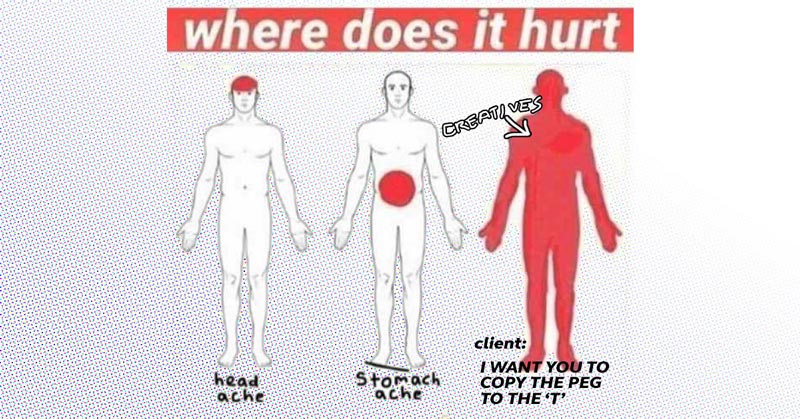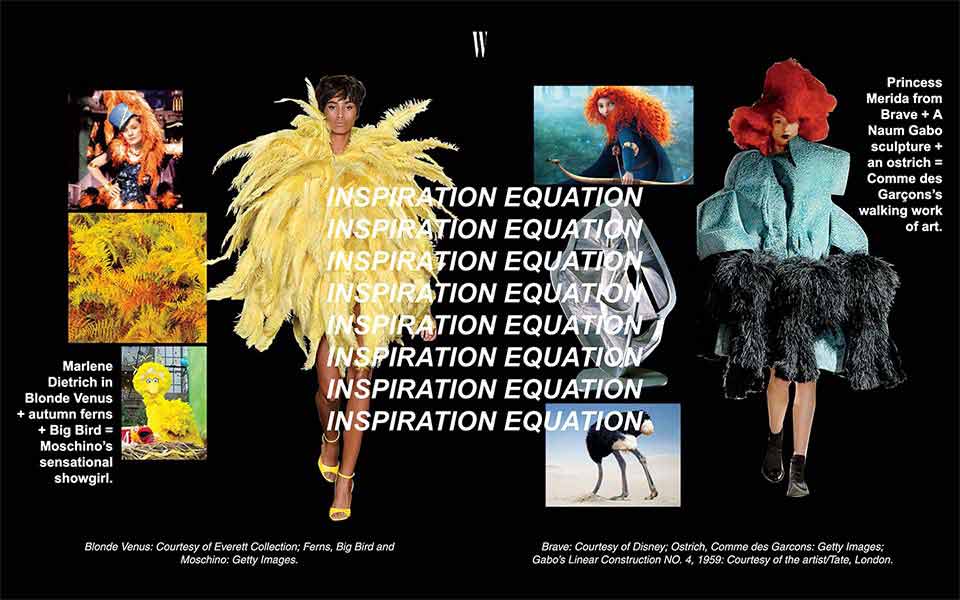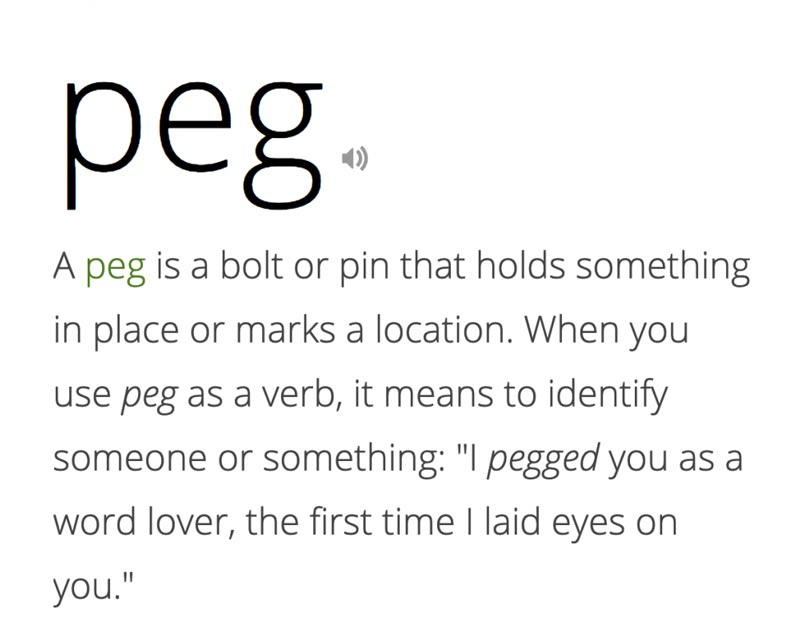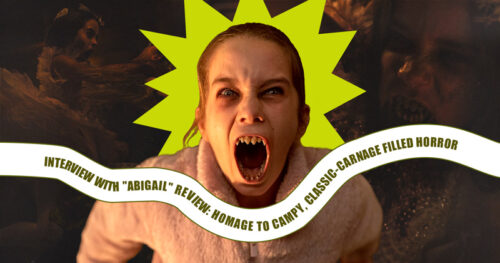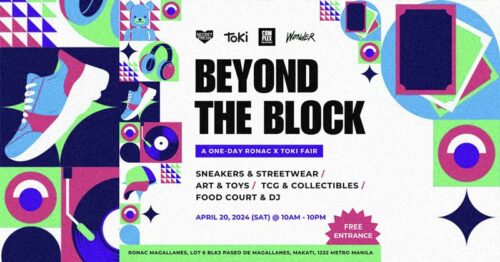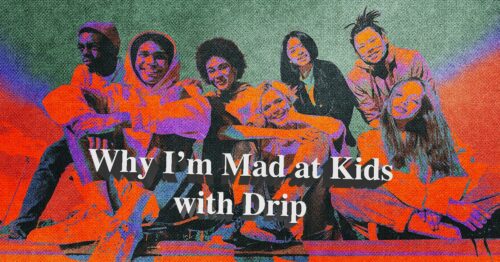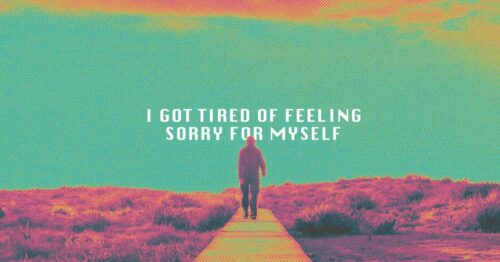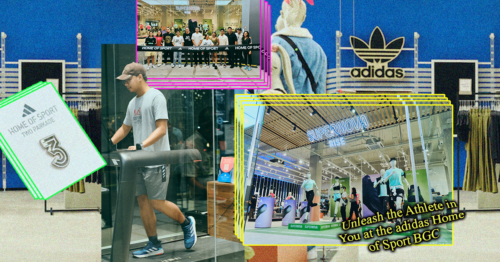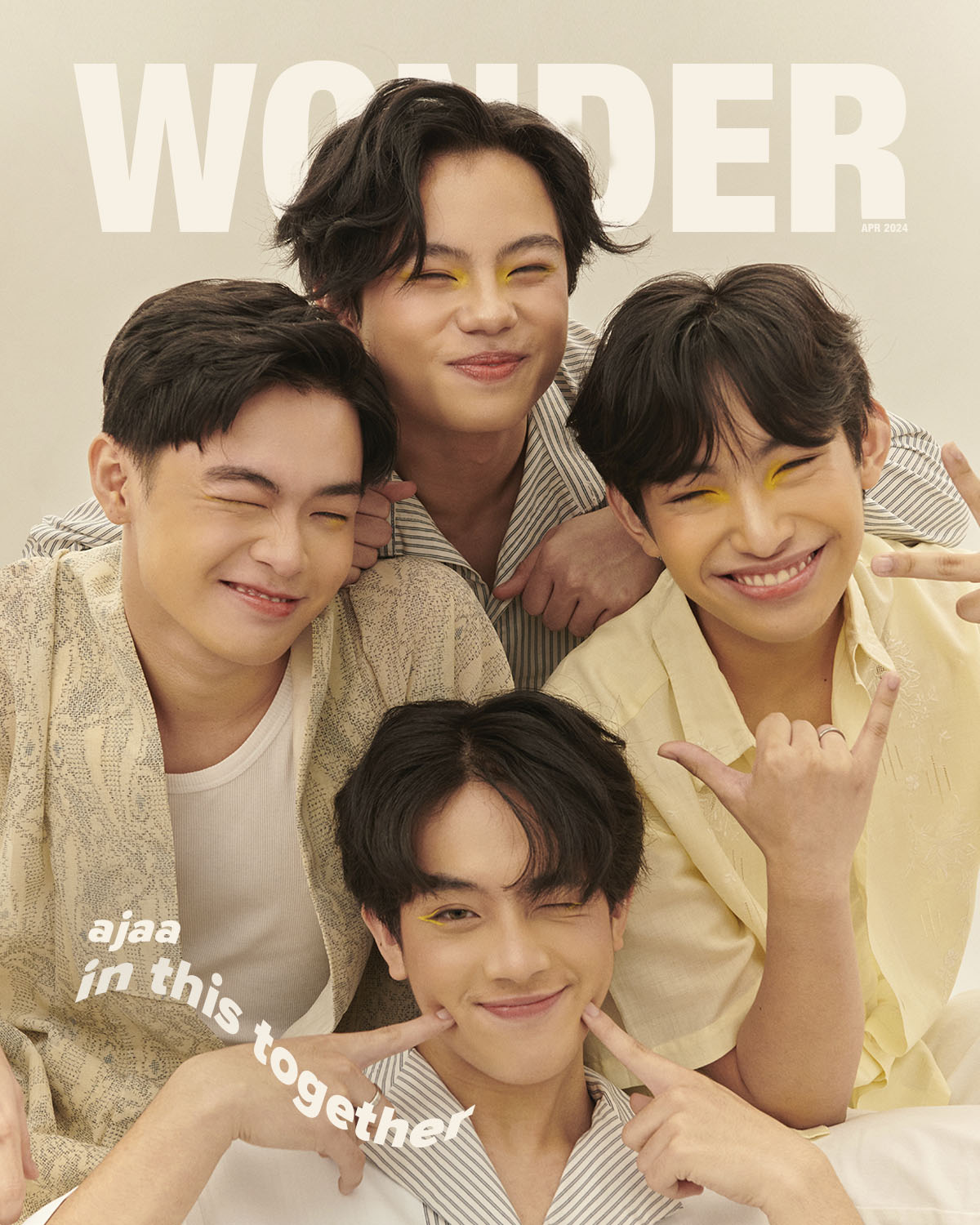And why you’re doing yourself a favor by limiting the use of pegs in your creative process
I first encountered the term “peg” in a Fashion Product Development class where the fundamentals included Moodboarding 101. This was in no way as simple as assembling an aesthetically pleasing collage, no. Moodboarding, for all academic intents and purposes, is the beginning of a well-rounded concept. A concept against which all elements of a project, collection or brand are checked for things like cohesion and consistency. If the challenge was to come up with something as close to an original idea as possible for someone, say, starting a fashion label, to include a photo of a current brand or item of clothing is to render the moodboard ineffective. And while it may seem a little dramatic to say, it does ultimately undermine a creative person’s potential. The tendency, as our instructor explained, will be to imitate the already-fleshed-out final product––the peg, as it were. It’s a safe choice, but also a lazy one. Which is why moodboarding is meant to be a scrupulous process; it takes time and several rounds of editing. It requires building on broad points of inspiration––a color, a texture, a shape, a movie, a song, a movement. Most of all, it discourages the heavy-handed use of pegs.
W Magazine’s moodboard in reverse: the publication’s “Inspiration Equation” is an amusing breakdown of runway looks that explores a brand or designer’s possible points of inspiration
In the working world, however, it’s a different story. Pegs are a godsend for creatives on a tight timeline. Making a project’s desired end product as clear as day, pegs get everyone on the same page as quickly as possible. It certainly helped that at some point, the word peg (also attributed to beki lingo) made its way into colloquial speech and reacquainted people with approaches to inspiration. “Style pegs” are people one might aspire to dress like. “Beauty pegs” likely refer to makeup executions to try one day, someday. “Life pegs,” explained another way, is #LifeGoals personified. That said, what was once about bringing an original concept to life has become a call to emulate one that already exists.
“Peg” (v.) as an identifier that keeps visual communication short, sweet and straightforward. via vocabulary.com
I’ll be first to admit that pegs make my job easier. As a stylist, I don’t follow the moodboarding technique I once was taught to the letter largely because my line of work doesn’t always call for it anyway. Instead, I think back on the last time I was galvanized by something, struck with complete awe and maybe moved to giddily obsess over it a little bit. I’d build on that––a theme, a trend, a pop culture reference––and then permit myself to get lost in the black hole that is Pinterest, pulling up images and looking at editorials to get even more inspired. Even with this routine, I am wary about one thing: that inspiration and imitation are two very different things. The latter being a figurative death sentence for any creative.
Given that the understanding of pegs is open to interpretation and the word itself often gets lost in translation, not everyone thinks this way, of course. In advertising, the remark “here are some ideas” made in a pre-production meeting could in fact mean “follow these pegs exactly.” And while nothing chips away at a creative’s soul than those four words, hey, at least this makes the client happy, right?
https://www.instagram.com/p/BkQLjyLgRbK/
Keeping the peace and satisfying clients aside, here’s the hard-to-swallow pill: If in school, relying on pegs equals undermining a budding artist’s potential, in the real world, it’s a flat-out disservice to the creative worth his salt. It is an insult to approach a seasoned fashion designer and present a peg for them to copy to a “T.” It is an insult to commission a graphic artist only to ignore their sound recommendations since one is dead set on mirroring a peg. It’s an insult to reduce a professional––any professional––to a resource that exists to execute, full stop.
If brands anyway are looking to elevate conservation or disrupt and shake things up (as most brands with a social media presence hope to do), presenting more of the same makes for one ridiculous strategy. The same goes for writing off creatives and the role they play.
RELATED: An Artist and a Writer Switched Jobs. This is What Happened.
When it comes to pegs being a vehicle for copycat culture, yielding for the sake of a paying client is one thing, but doing so willingly is another. For the novice, perhaps this is excusable: something of a convenient clutch while getting a feel for one’s craft that can later be charged to experience. An example of “crawl before you can walk and then run.” But as always, this comes with a caveat: Pegs eliminate one crucial part of being creative…and that’s critical thinking.
I remember succumbing to this when a fellow stylist and I collaborated with an independent handbag brand on its first lookbook. Everyone in this team was just starting out and, again, only beginning to get a feel for our respective crafts. A day was spent lifting photos from the internet, plucking out images we found pretty and cool and interesting. One of the things we attempted was a replica of a striking accessories editorial: a shot of the model’s legs up against the wall, her shapely legs taking up most of the frame and a handbag balancing on top of the heels she was wearing. Our photos, no surprise, weren’t translating as well as we hoped they would. And our excitement dwindling into frustration, try after try, eventually became palpable. A change of shoes? No, that didn’t work. Maybe a different handbag? Nope, wasn’t working. A different angle? We still weren’t getting it.
Luckily, the mentor of the photographer for this largely experimental photoshoot (an industry veteran who has shot numerous campaigns, billboards and print editorials) happened to be in the studio observing. He eventually pulled us aside and said: “The people who put together the shoot you’re using as your peg know their ‘why.’ Do you know yours?” True enough, we didn’t. Hence the showcasing of all that leg for no reason, the needless involvement of those damned shoes that stole focus from the handbags and the lack of creative troubleshooting on our end. The handbags were our why. This debut collection was our why. So why were we invested in revamping a peg that looked great, but didn’t help us answer said whys?
Once more with feeling: imitation and critical thinking don’t mix. But good thing mishaps like this can be charged to experience. That’s the clincher, really: following pegs can get anyone by, but cripples them more than anything. And so the smaller the role these pegs play, the better.
See this in action and turn your attention to the truly inspired: They can and will be able to explain their “why” in a heartbeat. Best believe that pegs played no major role in that.
RELATED: Can Creatives Make It In Corporate?
Art Alexandra Lara


